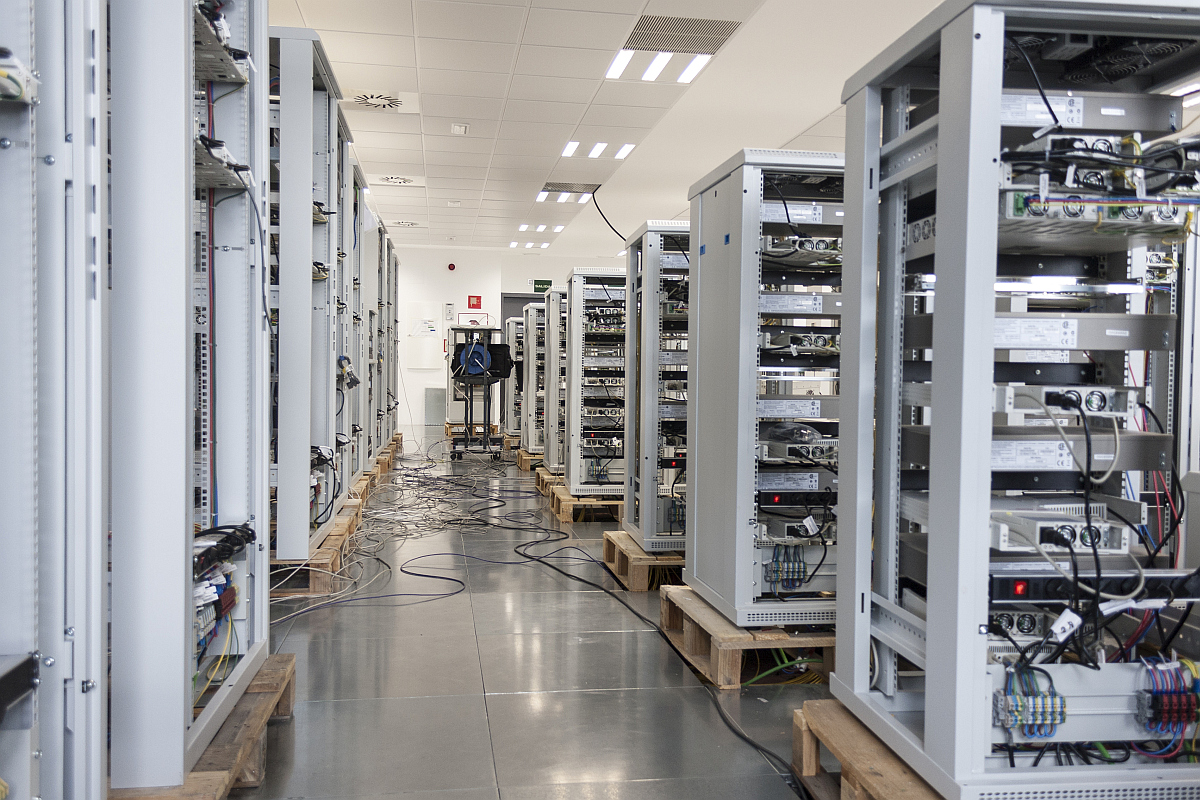Scientists of Harish Bhaskaran’s Advanced Nanoscale Engineering research group at the University of Oxford has developed an electro-optical device that provides solution to faster and more energy-efficient computing memories and processors.
Bhaskaran is a Professor of Applied Nanomaterials who runs the Advanced Nanoscale Engineering Lab in the area of photonics. In collaboration with researchers at the universities of Monster and Exeter, scientists created the electro-optical device which bridges the fields of optical and electronic computing.
Advertisement
This is a very promising path forward in computation and especially in fields where high processing efficiency is needed,” said Nikolaos Farmakidis, graduate student and co-first author of the story.
Advertisement
Computing at the speed of light has been an enticing but elusive prospect, but with this development, it is now in tangible proximity. The incompatibility of electrical and light-based computing fundamentally stems from the different interaction volumes that electrons and photons operate in.
Electrical chips need to be small to operate efficiently, whereas optical chips need to be large, as the wavelength of light is larger than that of electrons.
To overcome this challenging problem, the scientists came up with a solution to confine light into nanoscopic dimensions, as detailed in their paper published in the journal Science Advances. They created a design which allowed them to compress light into a nano-sized volume through what is known as “surface plasmon polariton”. More specifically, it was shown that by sending either electrical or optical signals, the state of a photo- and electro-sensitive material was transformed between two different states of molecular order.
It is believed that interfacing light-based photonic computing with its electrical counterpart is the key to the next chapter in CMOS (Complementary Metal Oxide Semiconductor) technologies,” said study co-author Nathan Youngblood.
This naturally includes Artificial Intelligence (AI) applications where, on many occasions, the need for high-performance, low-power computing far exceeds our current capabilities,” Youngblood added.
(With inputs from agencies)
Advertisement











